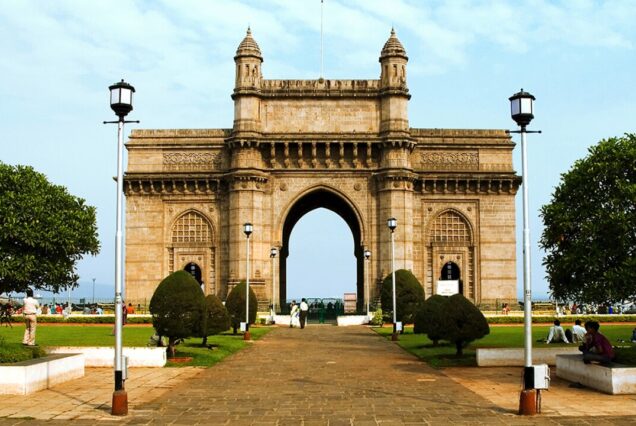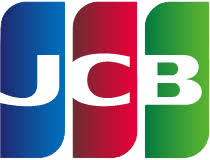MUMBAI DAY TRIP
MUMBAI
Mumbai, the capital of the Indian state of Maharashtra, commonly referred to as the commercial city of India, is also known by its former official name, Bombay, which was used until 1995. With an estimated population of 18.4 million, it is the most populous city in India.
Mumbai is also the home of the Marathi and Indian Hindi (Bollywood) film and television industries. Mumbai draws people from all over India because to its business prospects and potential to provide a higher standard of living, resulting in a melting pot of diverse tribes and cultures.
Indeed, hundreds of individuals from all over India board trains in Mumbai in order to “experience” the city’s captivating attractions and to eventually decide to make it their home. Mumbai is a mash-up of many cultures, business, entertainment, politics, and industry. Its experiments with affluence and celebrity, meanwhile, are relatively new.
Main sightseeing points: Elephanta Caves, Prince of Wales Museum, Hanging Garden, Juhu Beach, Gateway of India and Marine Drive.
TOUR ITINERARY:
You will be picked up in the morning from your hotel and taken to the well-known Indian world heritage site, Elephant Caves. One of the main attractions of your Mumbai tour is Elephanta, also known as the city of caves, which is situated on an island that is well-known for its rock-cut caves from the fifth or sixth century. Following the visit, you’ll go explore Mumbai’s historical highlights, like George V.’s Prince of Wales Museum and the Gateway to India.
Explore the Marine Drive and Juhu Beach in the evening, a popular picnic location for visitors. Following the visit, you’ll be driven back to your Mumbai hotel.
Tour Plan
GATEWAY OF INDIA: Located in Bombay, India, the Gateway of India is an arch landmark that dates back to the 20th century. The monument was built to honor King George V and Queen Mary's 1911 landing at Apollo Bunder during their tour of India.
The Gateway of India was constructed in the Indo-Saracenic architecture, and its foundation stone was placed on March 31, 1911. The construction is a 26-meter-high (85-foot) basalt arch. George Wittet's final design was approved in 1914, and the monument's construction was finished in 1924. Later, the Gateway served as the new Governors of Bombay's ceremonial entrance into India for Viceroys. It provided access and admittance to India.
Overlooking the Arabian Sea, the Gateway of India is situated on the waterfront in South Mumbai's Apollo Bunder neighborhood at the end of Chhatrapati Shivaji Marg. The most popular tourist destination in Mumbai, the monument is also known as the Taj Mahal of Mumbai.
Elephanta caves: Elephanta Caves, a UNESCO World Heritage Site, is an example of medieval Indian rock-cut art and architecture. The caverns are situated 11 kilometers away from Mumbai on the island known as Elephanta or Gharapuri. The Elephanta Caves, formerly called Gharapurichi Leni, are now just the ruins of what were once ornately painted pieces of art. It offers a breathtaking perspective of the Mumbai skyline as well. From Gateway of India, you can take a ferry to the Elephanta Caves. The majority of these cave temples, which date from the fifth to the seventh century, are devoted to Lord Shiva.
The Elephanta Caves location is home to two sets of alcoves: a larger group consisting of five Hindu caves and a smaller group consisting of two Buddhist caves. The Shaiva Hindu faith is represented by the stone carvings found in Hindu caves. The caves are a work of art in and of themselves, containing several significant images such as 'Trimurti,' or the three-headed Shiva, 'Gangadhar,' or the Ganga as she descends to the earth, and 'Ardhnareshwar,' or Shiva and Parvati together in one body. The Elephanta Caves are not just a significant historical landmark but also an unusual place to trek.
Note: Elephanta caves closed every Monday.
Marine drive: The easiest landmark to link with Mumbai is Marine Drive, which epitomizes the glitz and glamour of the city. It is primarily an arc-shaped boulevard running 3.6 km along the coast of South Mumbai, beginning at Nariman Point's southern end and ending at Girgaum Chowpatty, also called Chowpatty Beach. The Arabian Sea is encircled by the coast, which is Mumbai's greatest spot for sunset viewing or just a leisurely stroll by the water any time of day or night. Its other name, Queen's Necklace, is justified at night when the entire shoreline is illuminated.
Juhu Chowpatty: Juhu Chowpatty is the best place to spend a lovely weekend and pleasant evening. This is probably one of the greatest spots in Mumbai to go with friends to unwind and enjoy some local cuisine. One of the most popular beaches in Mumbai is this one, where you can enjoy vada pav, paani puri, and pav bhaji, watch the sunset, and make amazing memories of an evening in Mumbai while dipping your feet in the sea.
Haji Ali Dargah: One of Mumbai's sacred sites, Haji Ali Dargah is perfect for people looking for comfort or calm. Haji Ali Dargah, a stunning mausoleum and mosque, is one of Mumbai's most well-known locations among Mumbai residents in general and among Muslims especially. This location, which was constructed in 1431 by Pir Haji Ali Shah Bukhari, is between the sea and is reachable via a boardwalk that crosses the water. This location offers religious ceremonies and prayers in addition to entertaining every music enthusiast with spectacular qawwali performances.














